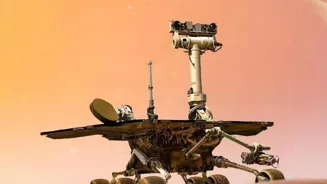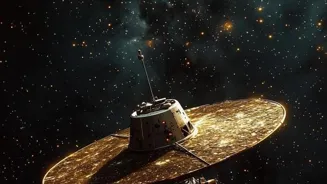Exploring 10 Space-Age Innovations Redefining Our Tomorrow! Discover how these technologies shape our future
The world is standing at the edge of a new space era. With countries like India making giant
strides, along with private companies joining the race, space technology is not just about exploring distant galaxies anymore.
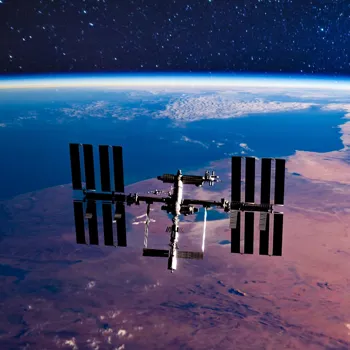
Innovations are happening at an incredible pace, promising to impact our lives here on Earth in ways we can only begin to imagine. Here are ten such innovations that hold the potential to reshape our future:
Reusable Rocket Technology
Remember the days when rockets were single-use items, burning up after just one launch? Those days are fading fast. Companies like SpaceX have pioneered reusable rocket technology, where rockets can land back on Earth and be used again for multiple missions.
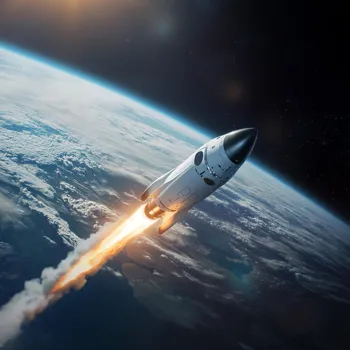
This dramatically cuts down the cost of space travel, opening up possibilities for more frequent launches, space tourism, and even asteroid mining. Imagine a future where getting to space is almost as affordable as taking a regular flight.
This technology is a game-changer, democratizing access to space and unleashing its vast potential. Reduced launch costs make scientific research in space more accessible, encouraging innovation across various fields.
Regular monitoring of Earth's climate and environment will also be far more viable.
Advanced Satellite Communication
Satellite communication has come a long way. We're not just talking about TV signals anymore. New generation satellites with advanced capabilities are transforming internet access, disaster management, and even agriculture.
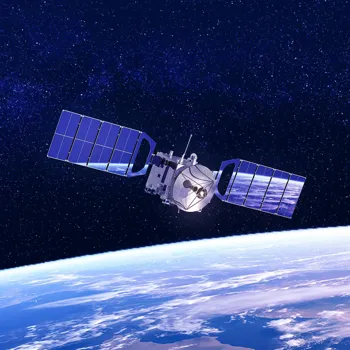
Think of areas with little to no internet connectivity suddenly gaining access to high speed internet, empowering communities and bridging the digital divide.
During natural disasters, satellite communication can provide critical links when terrestrial networks fail, enabling rescue efforts and facilitating aid distribution.
In agriculture, satellites equipped with sensors can monitor crop health, predict yields, and optimize irrigation, leading to increased efficiency and food security.
Advanced sat-coms are the unsung heroes of a connected and resilient future, serving as the backbone for multiple critical applications.
Asteroid Mining
Asteroids are not just hunks of rock floating in space, they are treasure troves of valuable resources. These include rare earth elements, precious metals like platinum, and even water, which can be used as rocket fuel.

Asteroid mining holds the promise of supplementing Earth's dwindling resources and fueling future space exploration. Imagine a future where we access resources from space, reducing our reliance on Earth's fragile ecosystems.
While the technology is still in its early stages, companies are already developing robotic spacecraft capable of prospecting and extracting resources from asteroids. This could revolutionize industries, generate new wealth, and pave the way for permanent settlements in space.
It also introduces ethical questions about ownership and responsible resource management in the space domain.
3D Printing in Space
Imagine building habitats, tools, and spare parts directly in space, without having to transport them from Earth. 3D printing in space is turning this into a reality.
Using materials available on the Moon or Mars, or even recycled waste, astronauts can 3D print a wide range of items, reducing the need for resupply missions and enabling self-sufficient space colonies.
This technology is particularly crucial for long-duration space missions, as it allows astronauts to repair equipment, construct shelters, and adapt to changing conditions. 3D printing is essentially a space age manufacturing revolution, empowering humans to build their way across the solar system.
Beyond space, this innovation is driving advancements in materials science and manufacturing processes here on Earth.
Space-Based Solar Power
The Sun is an inexhaustible source of energy. Space-based solar power involves collecting sunlight in space using large orbiting solar panels and beaming it back to Earth as microwave or laser energy.
This offers a constant, clean, and abundant source of power, unhindered by weather conditions or nighttime hours. While the technology is still under development, it has the potential to revolutionize energy production and reduce our reliance on fossil fuels.
Imagine a future where energy is beamed down wirelessly from space, powering cities and industries across the globe. This could be a game changer in mitigating climate change and ensuring energy security for future generations.
It requires international collaboration to solve the challenges and develop an efficient and sustainable space-based solar power infrastructure.
Ion Propulsion
Traditional rockets rely on chemical propellants, which are heavy and inefficient. Ion propulsion uses electric fields to accelerate ions, producing a gentle but continuous thrust.
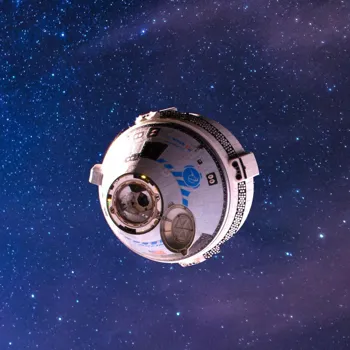
This allows spacecraft to travel vast distances with significantly less fuel, enabling longer missions and faster travel times. Ion propulsion is already being used in interplanetary probes and satellites, and further advancements could one day enable us to reach distant stars.
Imagine a future where we can explore the outer regions of our solar system and beyond in a reasonable timeframe. This technology is essential for realizing ambitious space exploration goals and unlocking the secrets of the universe.
It also drives advances in plasma physics and materials science, benefiting various fields in the terrestrial domain.
New Materials for Spacecraft:
Developing lighter, stronger, and heat-resistant materials is crucial for building the spacecraft of the future. Research is underway on advanced composites, ceramics, and alloys that can withstand the harsh conditions of space.
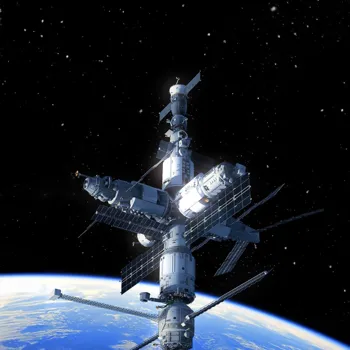
These materials will enable the construction of larger, more efficient spacecraft, as well as protect astronauts from radiation and extreme temperatures.
This innovation is key for enabling long-duration space missions, building habitats on other planets, and developing hypersonic vehicles for faster travel on Earth.
Quantum Communication in Space:
Quantum communication promises unbreakable security for transmitting sensitive data.
By using the principles of quantum mechanics, it can detect any attempt at eavesdropping, making it impossible to intercept messages without being detected.
This technology holds immense potential for securing communication between Earth and space, as well as for establishing secure communication networks in orbit.
It is a critical advancement for ensuring the privacy and integrity of data in an increasingly interconnected world, especially in the context of growing cybersecurity threats.
Artificial Intelligence (AI) in Space Exploration:
AI is playing an increasingly important role in space exploration.
From autonomous navigation and robotic exploration to data analysis and decision-making, AI algorithms are helping us to explore the universe more efficiently and effectively.
AI powered rovers can traverse Martian landscapes autonomously, analyze soil samples, and identify areas of interest for further investigation. AI can also assist astronauts in performing complex tasks, monitoring spacecraft systems, and making critical decisions in real time.
This collaboration between humans and AI is unlocking new possibilities for space exploration and scientific discovery.
Space Debris Removal Technologies:
The growing amount of space debris orbiting Earth poses a significant threat to satellites and spacecraft.
Developing technologies to remove this debris is becoming increasingly urgent. Various methods are being explored, including using robotic spacecraft to capture and deorbit debris, deploying nets or harpoons to collect debris, and using lasers to vaporize small pieces of debris.
Removing space debris is essential for ensuring the safe and sustainable use of space for future generations. It requires international cooperation and innovative solutions to address this growing environmental challenge.
These ten innovations offer a glimpse into a future where space technology plays an even greater role in our lives. From affordable space travel and abundant energy to new resources and secure communication, the possibilities are endless.
As we continue to push the boundaries of space exploration, we can expect even more groundbreaking innovations to emerge, transforming our world in ways we can only dream of today. The next chapter of human history is being written in the stars, and India is poised to play a leading role.

